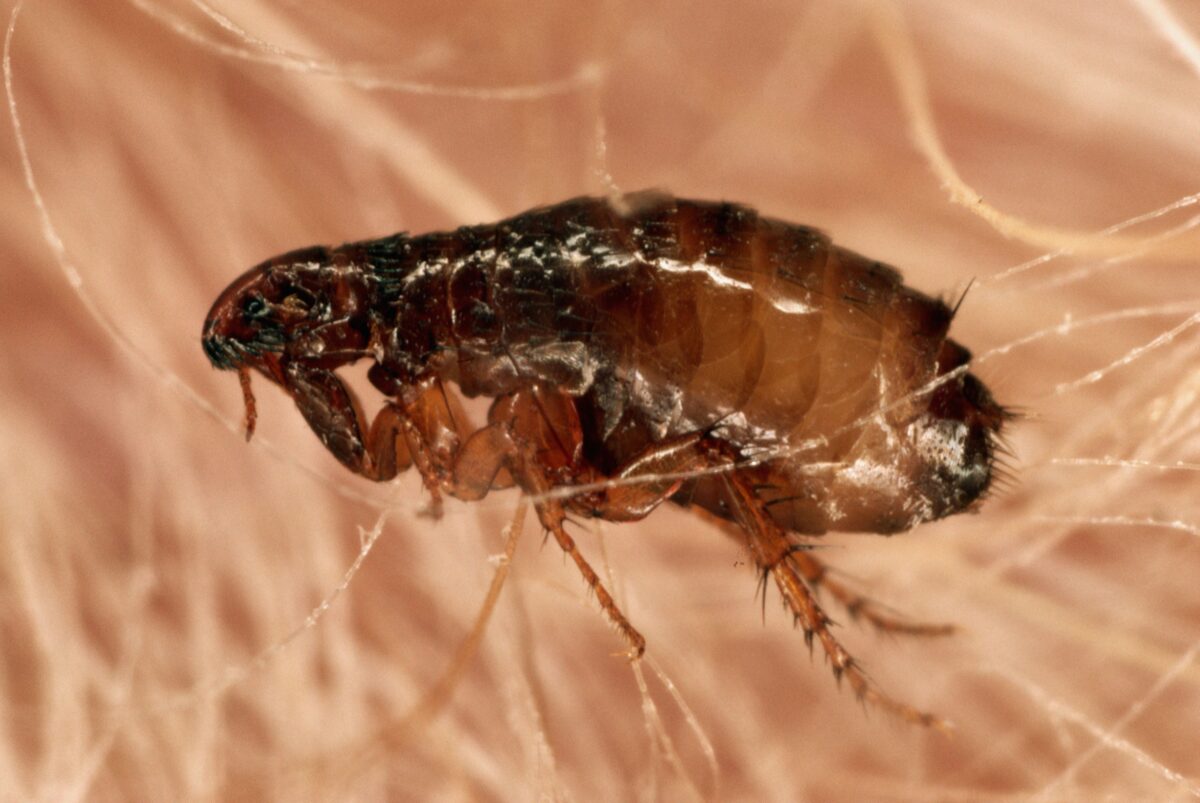Fleas are a common nuisance for pet owners and can quickly turn into a significant problem if not addressed promptly. These tiny pests not only irritate pets but can also invade homes, making it essential to implement effective strategies for eradication. This guide will provide comprehensive steps, tools, and safety measures to help you eliminate fleas from your home and keep them from returning.
Steps to Eliminate Fleas
STEP 1 Initial Assessment
Before taking action, assess the severity of the flea infestation. Look for signs such as flea dirt (tiny black specks), flea eggs (tiny white specks), and your pet scratching or biting itself frequently. Check common areas where pets rest or sleep, as these are often the most affected.
STEP 2 Preparation
To effectively tackle the flea problem, gather necessary materials and prepare your home. This includes vacuuming, washing bedding, and treating your pets.
STEP 3 Vacuuming
Thoroughly vacuum carpets, rugs, and upholstery to remove adult fleas and eggs. Pay special attention to corners, under furniture, and along baseboards. After vacuuming, immediately dispose of the vacuum bag or empty the canister outside to prevent reinfestation.
#4 Washing Bedding
Wash all pet bedding, blankets, and any items that may have come into contact with fleas in hot water. This helps kill any hidden fleas or eggs. Dry on high heat to ensure complete elimination.
#5 Treating Pets
Consult your veterinarian for the most effective flea treatment for your pets. Options include topical treatments, oral medications, and flea collars. Ensure that you follow the instructions carefully and apply treatments consistently.
Tools and Materials Needed
Flea Control Products
Invest in quality flea control products that are suitable for your home and pets. These may include:
- Flea sprays or foggers for indoor use
- Flea powders or granules for carpets and yard
- Topical treatments or oral medications for pets
Cleaning Supplies
Gather the following cleaning supplies to enhance your flea eradication efforts:
- Vacuum cleaner with a HEPA filter
- Washable pet bedding and blankets
- Hot water for washing
- Trash bags for vacuum disposal
Protective Gear
When dealing with flea treatments, consider wearing gloves and a mask to avoid contact with chemicals. Ensure proper ventilation in the area where treatments are applied.
Safety Considerations
- Using Chemicals Safely
When using chemical treatments, always read labels carefully. Follow the recommended guidelines for application, and keep pets and children away from treated areas until it is safe to return. If using foggers or sprays, ensure that you ventilate the space adequately.
- Natural Alternatives
If you prefer a more organic approach, consider natural flea repellents such as diatomaceous earth, cedar chips, or essential oils like lavender and peppermint. While these may be less aggressive than chemical treatments, they can still be effective when used consistently.
Troubleshooting Persistent Flea Problems
Identifying Hidden Infestations
If fleas persist despite treatment, it may indicate hidden infestations. Check areas such as:
- Under furniture and carpets
- Inside cracks and crevices
- In the yard, particularly in shaded areas
Re-treating and Monitoring
Reapply flea treatments as necessary, following the instructions provided. Regularly monitor your pets for signs of fleas, and continue vacuuming and washing bedding weekly until you are confident the problem is resolved.
Maintenance to Prevent Future Infestations
- Regular Cleaning Routine
Establish a consistent cleaning routine to prevent fleas from returning. Vacuuming at least once a week and washing pet bedding regularly will help keep your home flea-free.
- Ongoing Pet Care
Maintain a regular flea prevention regimen for your pets. Consult with your veterinarian about the best preventive treatments that suit your pet’s lifestyle and needs. Regular grooming can also help identify and remove fleas before they become a larger issue.
- Yard Maintenance
Consider treating your yard to eliminate outdoor fleas. Regularly mow grass and trim bushes to reduce flea habitats. You can also use outdoor flea control products specifically designed for lawns, ensuring they are safe for pets and children.
Getting rid of fleas requires a proactive and thorough approach. By following the steps outlined in this guide, you can effectively eliminate fleas from your home and pets. Regular maintenance and preventive measures will ensure that your home remains a safe and comfortable space for both you and your furry companions.
